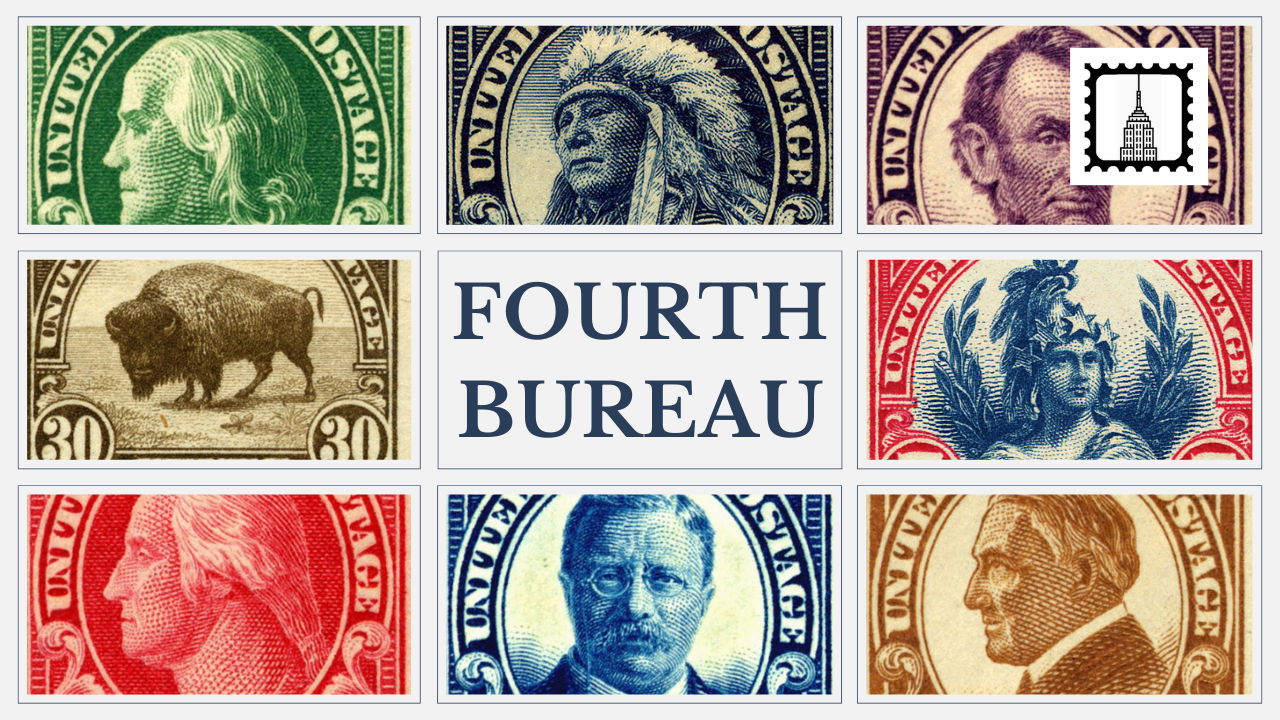Philately offers an intriguing way to explore the rise and fall of empires, and the stamps issued by the Portuguese Empire tell a vivid story of its global presence. In his recent presentation, Phil Pritchard guides us through the fascinating history of Portuguese colonial expansion, its key treaties, and the rich variety of stamps that document this history. From the early discoveries to the colonial wars, Pritchard highlights how stamps became markers of power, trade, and transition in an empire that spanned continents.
The Treaties of Tordesillas and Saragossa: Dividing the World
The Portuguese Empire’s global expansion was formalized by two major treaties: Tordesillas (1494) and Saragossa (1529). These agreements divided the newly discovered territories between Spain and Portugal, with Spain claiming most of the Americas and Portugal securing its influence in Africa, Asia, and South America, most notably in Brazil. While this division generally held, there were notable exceptions, such as the Philippines, which fell into Spanish hands despite being within the Portuguese zone.
Portugal’s Early Colonial Expansion: From India to the Spice Islands
By the early 1500s, just two decades after Vasco da Gama’s landmark voyage to India, Portugal had established colonies in Goa (India), Muscat (Oman), Hormuz (Iran), and Malacca (Malaysia), among other places. These colonies positioned Portugal as a dominant trading power in the Indian Ocean, controlling key points along the spice trade routes. Although there is debate, some historians believe that Portuguese explorers may have even been the first Europeans to sight Australia.
The Iberian Union and Decline in the 17th Century
In 1580, the Portuguese royal family died out, leading to the Iberian Union under King Philip II of Spain, who became ruler of both Spain and Portugal. This union was short-lived but significant, as it marked the beginning of a decline in Portuguese influence, particularly as Dutch forces began to challenge Portuguese dominance in the Indian Ocean. The costly wars between the Dutch and Portuguese led to a loss of control over much of the spice trade, further weakening the empire.
Brazil’s Gold Rush and the Rise of Portuguese Settlers
While many Portuguese colonies had limited settler populations, Brazil was an exception. The 18th-century gold rush in Brazil prompted around 600,000 Portuguese settlers to migrate there, making it one of the most heavily populated colonies. This influx helped shape Brazil’s cultural identity, which remains distinctly Portuguese to this day.
Postal History: The Marques of Pombal and Brazil’s Independence
Portugal’s colonial postal system was as complex as its empire. Pritchard highlights a postal tax stamp from the time of the Marques of Pombal, an influential statesman who reformed Portugal’s economy and postal service during the 18th century. By the early 19th century, the political relationship between Brazil and Portugal had soured, leading to Brazil’s declaration of independence in 1822. This period was marked by the issuing of stamps that reflected the shifting power dynamics, with new stamps being issued for both the colonies and Portugal itself.
Stamps as Markers of Political Change: Republics, Monarchy, and Dictatorship
Portugal’s tumultuous political history is mirrored in its stamps. The country experienced a constitutional monarchy after the liberal wars of the 19th century, followed by the establishment of the Portuguese Republic in 1910. This political shift resulted in the overprinting of “Republica” on many stamps, as the monarchy came to an end. During the dictatorship of Salazar in the 20th century, Portugal continued to issue stamps that celebrated its colonial empire, even as decolonization loomed on the horizon.
Mozambique and Angola: The Crown Jewels of the African Colonies
Mozambique and Angola were two of Portugal’s largest and most significant colonies. Although Portuguese influence in Africa began in the 16th century, it wasn’t until the 19th and 20th centuries that these colonies became economically important due to the discovery of resources like diamonds and gold. Stamps from Mozambique, particularly the 1937 pictorial set, offer a glimpse into the colonial landscape, depicting local scenes and significant events.
Macao, Timor, and the Spice Islands: A Trade Empire
In Southeast Asia, Portuguese colonies like Macao and Timor were critical points along the trade routes. These islands were prized for their access to spices, which were immensely valuable in Europe. Portuguese stamps from these regions often feature historical figures, ships, and symbols of exploration. Despite losing control of many territories to the Dutch, the Portuguese maintained a presence in these islands until the mid-20th century.
The Carnation Revolution and the End of the Portuguese Empire
Portugal’s long colonial history came to an abrupt end following the Carnation Revolution of 1974, which led to the rapid decolonization of its African and Asian territories. The last Portuguese colonies, including Angola, Mozambique, and Guinea-Bissau, gained independence shortly afterward. Only the Azores and Madeira remained part of Portugal, becoming autonomous regions.
Stamps as Historical Artifacts
Throughout his presentation, Pritchard emphasized how stamps serve as more than just tools for mailing letters—they are historical artifacts that capture pivotal moments in the rise and fall of the Portuguese Empire. From early postal tax stamps to commemorative issues celebrating Vasco da Gama, these stamps tell stories of exploration, war, trade, and political upheaval.
Whether you are a philatelist or a history enthusiast, Portugal’s colonial stamps offer a fascinating window into the past, reflecting the shifting fortunes of an empire that once spanned the globe.






